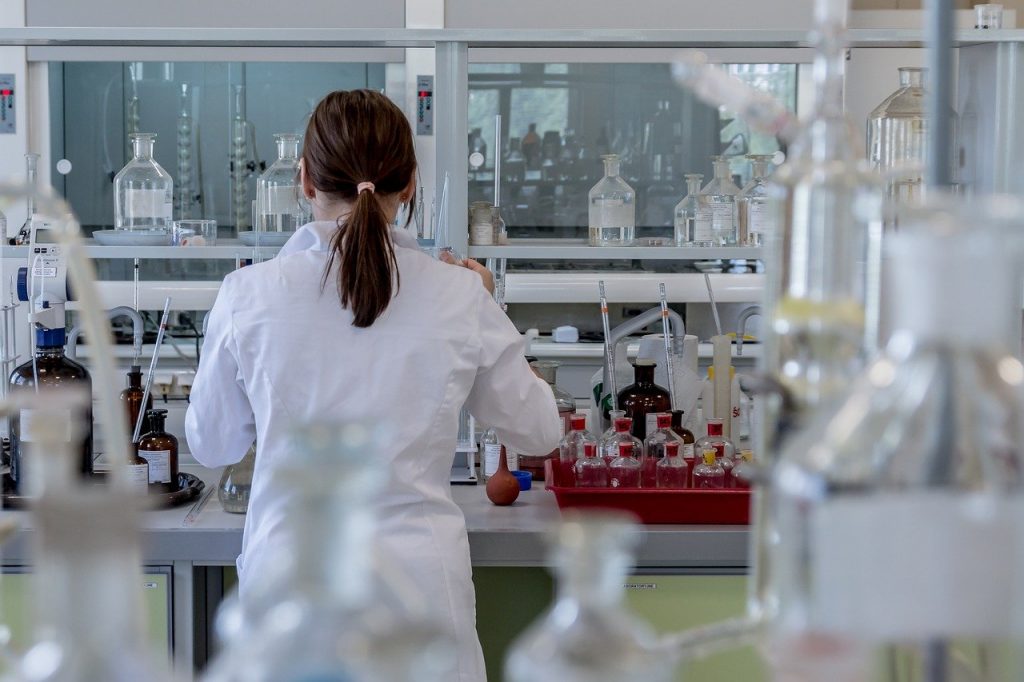
Atomic absorption spectroscopy is the method to measure the proper concentration of metallic elements used in different materials. It can also be referred to as an analytical technique that uses electromagnetic wavelengths from a light source. The distinct metallic materials absorb the wavelengths differently and give a picture of the concentration of a specific element present in any material.
Here, we will look at what Atomic absorption spectroscopy is all about, what and why it is used to measure, why it is necessary, and what instruments are used with it. The main focus of the write-up is to talk about the three common reasons to use Atomic absorption spectroscopy. There are various research and industrial laboratories that consider absorption spectroscopy necessary to detect the correct limit of the process and perform rapid testing.
Principle of Atomic Absorption Spectroscopy
Atomic absorption spectroscopy is particularly based on the principle that the free atoms present in the ground state can easily absorb light at a certain wavelength. The wavelengths help the technique to work according to detection limit and specificity in the analysis of Atomic Absorption Spectroscopy.
The analytical techniques of atomic absorption spectroscopy have been used to detect the quantitative estimation of metals in different types of materials. Some methods used in Agilent absorption spectroscopy are based on titrimetry and gravimetric, which provides good accuracy but is also time-consuming.
Reasons to use atomic absorption spectroscopy.
The atomic absorption spectroscopy is used as a crucial process as it includes-
1. Quality Control
Metals are natural worldwide, and almost three-quarters of the chemical elements present are metals. So, measuring the metallic content in several materials is necessary for various processes. And this can be done through atomic absorption spectroscopy made to analyze the materials for metallic elements in it.
Atomic absorption spectroscopy remained the best technique for several years as it has a greater sensitivity than other methods available. And, also it provides direct analysis for liquid samples.
Many industries are fully dependent on this type of sample testing to assure that the processed materials are free for contamination and contain the right degree of metallic element to support the correct value or not.
2. Environmental Testing
Environmental testing helps measure the full concentration of several elements in drinking water, seawater, and rivers. For example, in the food and drink industry, it is easy to measure the concentration in elements such as beer, wine, and other food drinks.
The test can also be applied to various types of contamination of food. In addition, AAS can provide the quantities of catalysts used in drug manufacturing and other impurities for pharmaceutical companies.
3. Toxicology
Toxicology is used to study the adverse effects that occur in people, animals, and the environment due to harmful chemicals. And to observe these symptoms, atomic absorption spectroscopy can be used to find out the exposure of the toxic substances.
Toxicologists find out the mechanisms through which the substances can be exerted and predict the presence of these substances in samples. Toxicology can also be used to assess the effectiveness of treating living beings that are exposed to various toxicants.
The primary type of toxicology known as analytical toxicology helps in the introduction of detecting and evaluating the toxic chemicals in various elements. So, it is easy to use atomic absorption spectroscopy to learn about toxicology.
Types of equipment used to perform Atomic Absorption Spectroscopy
Various essential equipment to perform atomic absorption spectroscopy are listed below-
- Atomizer
- Spectrometer
- Detector
- Light source
The accessories are used to supplement the equipment of atomic absorption spectroscopy, such as the auto-dilutor systems that are used to prepare samples and continue the flow of vapor generation systems.
Therefore, atomic absorption spectroscopy is a direct detection technique that is used to measure the various metallic elements in samples. It also helps in determining the concentration of more than 60 elements.
To analyze the essential elements of the light-absorbent qualities of the atoms, it is easy to use atomic absorption spectroscopy. Thus, atomic absorption spectroscopy is used in various sectors and industries that mainly include chemical, pharmaceutical, environmental, food, and drink.


